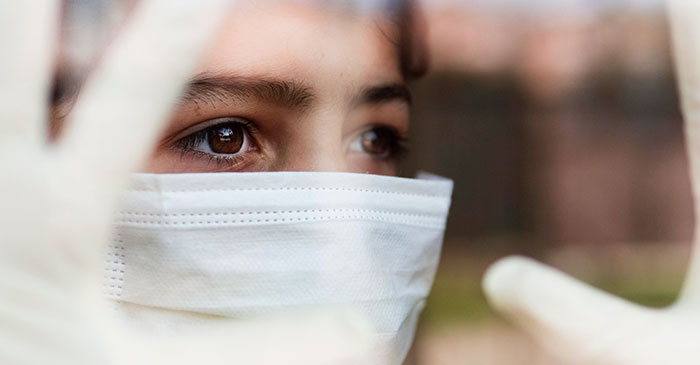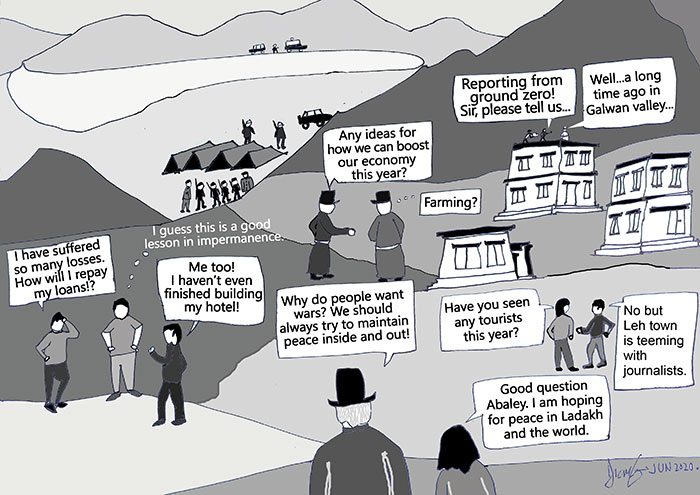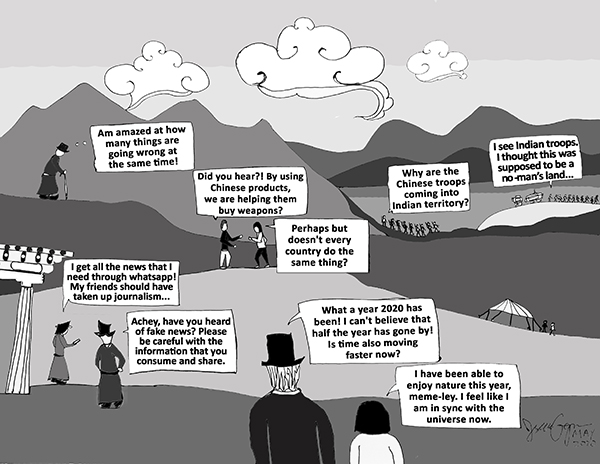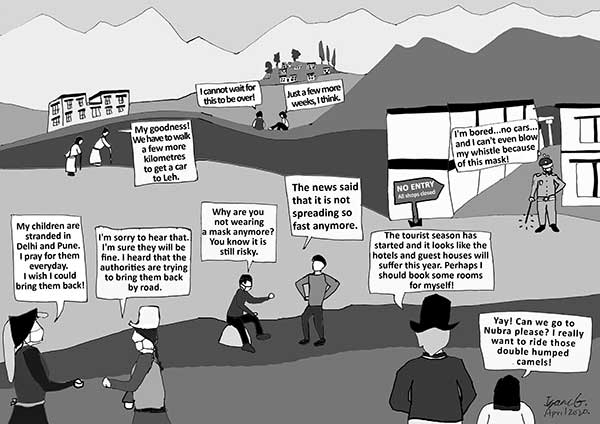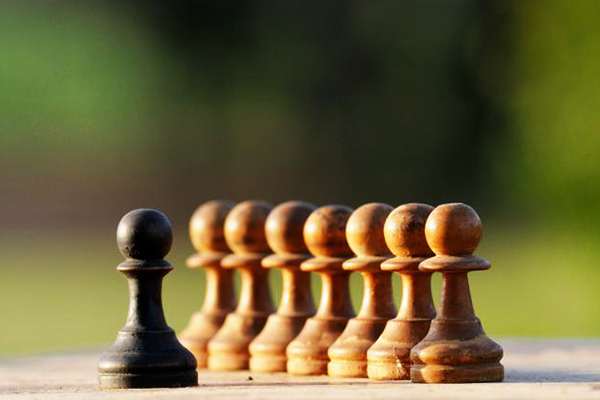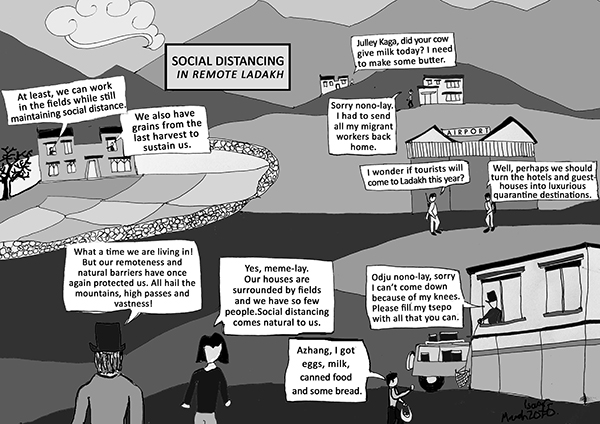While surfing the internet recently, I stumbled on a ‘study’ that concluded, “According to a recent study, all recent studies are false!” I could not stop laughing when I read this statement. Yet, it seems to describe the state of research in the context of the novel coronavirus. Nine months after its appearance in China and 17.8 million cases worldwide and 686,703 deaths so far (4 August, 2020), we still know very little about it. It is still a ‘novel’ coronavirus.
In fact, study results are being released every other day and a new treatment regime is being added to an already complicated treatment protocol. A vast array of drugs is currently being used to treat this virus with varying result. So far, we are using an antibiotic (azithromycin), which is meant for a bacteria (corona is a virus), an anti-viral (Remdesevir, Favipiravir), antiretroviral drugs (Lopinavir, Ritonavir) that are meant to treat the HIV virus, antihelminthic drugs (Albendazole, Ivermectin) that are meant to treat parasites, steroids (dexamethasone), anti-malarial drugs (chloroquine, hydroxychloroquine) that are meant to treat malaria, immune system boosting interferons etc. The latest addition to this list that was announced as I was writing this article is a dye called methelene blue that is used in nebulisation. All of these drugs are based on some studies. Like the now famous hydroxychloroquine, each of these drugs have been introduced as a “game changer”.
It has been a relief to have reliable and fast internet connectivity in Ladakh over the past year. The internet used to be notoriously unreliable in the past. “Is the internet working?” used to be a convenient way to start a conversation in Ladakh till fairly recently. The internet was especially helpful during the lockdown. Imagine how the lockdown would have been without the internet or an unreliable connection? It would have been rather difficult. This time around, people found solace through their smartphone and computer. Each of us has consumed a high dose of webinars and online classes over the last few months. There are several jokes online of people collapsing in front of their computer or phone from an overdose of webinars. Similarly, there have been jokes of doctors spending more time online conducting webinars as specialists on COVID-19 than actually than actually treating COVID-19 patients time in the real world. I too had to join many such webinars. While my presence was visible, I would often mute the microphone and turn the camera off. This seems to be the new way of ‘bunking’ in the online era!
A few days back, a study was carried out at the hospital where I work to check the seroprevalence of COVID-19 antibodies among staff members. We braced ourselves with the expectation that many staff members would test positive given the number of COVID-19 cases being detected and treated at the hospital. A recent study elsewhere revealed a higher load of COVID-19 infection among health workers at a non-COVID-19 facility as compared to a dedicated COVID-19 hospital largely due to the use of better PPEs at the latter. Testing positive for the antibody means that the body has developed some protection from being re-infected by the same virus. Most health workers at our hospital tested negative for COVID-19 antibodies. This meant that very few staff members had been infected by the novel coronavirus over the past month or so. It also meant that precautionary measures being taken by our staff has been effective. If these inferences are false, then there is another scarier explanation: Immunity after COVID-19 infection is uncertain if the body has not developed antibodies. This means we may get re-infected several times over while the novel coronavirus remains in circulation. A recent study says so! If true, this particular finding can be a big hindrance for vaccine development as the science of vaccination is based on intentionally triggering antibodies in the body.
There are other studies that document asymptomatic cases reporting back with heart and lung complications months after getting treated for COVID-19. Yet another study states that children carry more virus in the nasopharynx and may be more potent carriers than adults. Yet another study says less cases among children may be due to low community spread due to school closure. The fact remains that this is a new disease and we still do not know much about it. This madness of studies will continue till we start to get a clearer picture of the novel coronavirus. However, there is danger in increased knowledge too as mentioned in the famous expression, “Familiarity breeds contempt”.
This is already evident with the emergence of a group of people who are being termed as ‘covidiots’. These people remain in denial of the seriousness of the novel coronavirus. They dismiss it with arguments such as “It’s just a flu…”. many of them believe that they will get infected sooner or later and argue that it’s good to get infected. Common sense, and our knowledge of public health suggests that it is more prudent to take precautions till a safe and effective vaccine is available for everyone or the pandemic ebbs. I see the latter happening sooner as the emphasis for the vaccine is on being ‘safe’ and ‘effective’, which typically goes through five stages of development and normally takes around five to 10 years.
By Dr Spalchen Gonbo
Dr Spalchen Gonbo is a Paediatrician based in Leh.


